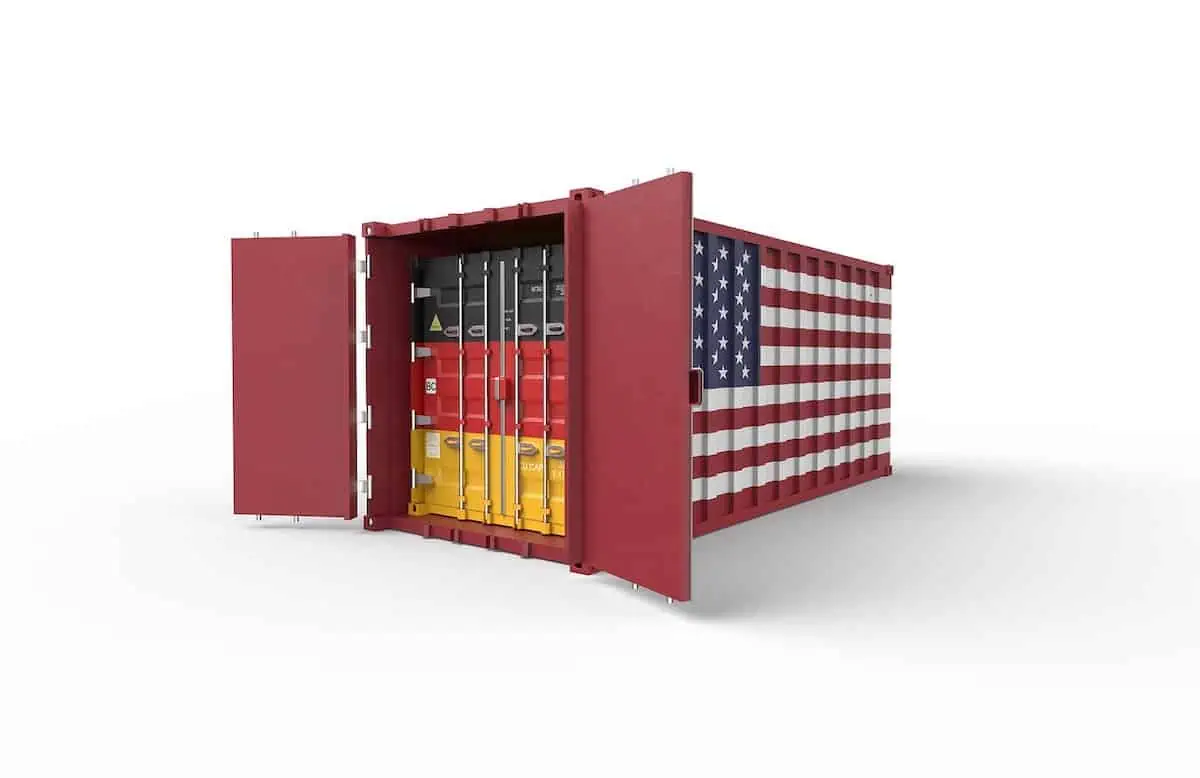Importers in the United States are required to use an HTS code on their imported shipments to facilitate the customs process.
For those of you asking what is HTS, it’s a number code that’s given to each imported item to identify and classify it for data, tax, and duty purposes.
But the numbers in the code all have a purpose and understanding each number of an HTS code can help importers more precisely classify their products to ensure they’re paying the correct amount of tax and duties during the import process.
What is the HTS Code
The HTS code for United States imports is 10 digits long. Other countries might only use eight digits, so it’s important to know the format your country uses when you import your goods.
The first two digits of the HTS code in all countries represent the chapter or main category of your product. Currently, there are 99 chapters in the HTS code system, which are grouped into 29 general sections.
For example, in Section 20, (Miscellaneous Manufactured Articles), you’ll find chapter 95, which represents toys, games, and sports equipment.
The next two digits of the HTS code in all countries represent the heading for your products. This is basically a subcategory of the more general chapter that your product falls under. As an example, if your product is in chapter 95 (toys, games, and sports equipment), your heading or subcategory might be 06 (articles and equipment for general physical exercise).
There are hundreds of headers overall, but only a few under each chapter. For instance, under chapter 95, there are only eight headers.
A subheading, which might not be present on all codes, which will be represented as 00, is a further narrowing of a product to more precisely identify it. If your product falls under chapter 95 (toys, games, and sports equipment), and is further categorized under heading 06 (articles and equipment for general physical exercise), you could have a subheading of 11 (skis and parts and accessories thereof, except poles).
These are the last two of the first six numbers of an HTS code and are used universally around the world to classify most items.
Rate Line
Numbers seven and eight are different for almost every country into which items are imported. In the United States, these two numbers are referred to as the rate line. They further segment products into even narrower categories for identification and tax purposes.
Under chapter 95 (toys, games, and sports equipment), heading 06 (articles and equipment for general physical exercise), subheading 11 (skis and parts and accessories thereof, except poles), you might have the rate line of 20 (cross-country skis), which are free to import or 10 (other skis), which have a duty rate of 2.8%.
Statistical Suffix Category
The final two numbers on the 10-digit U.S. HTS code are used primarily to provide a more detailed description of a product for data collection purposes. An example of this would be the number 40 at the end of the 95061110 HTS number to identify ski poles and parts and accessories thereof. The final HTS number for ski poles would be 9506111040.
Conclusion
Knowing your 10-digit US HTS code can help importers budget for import taxes and duties, but it also ensures your products get through customs as quickly and smoothly as possible. Make sure you’re using the correct codes for your imported products at all times to avoid customs issues.

